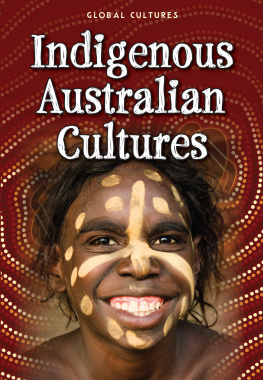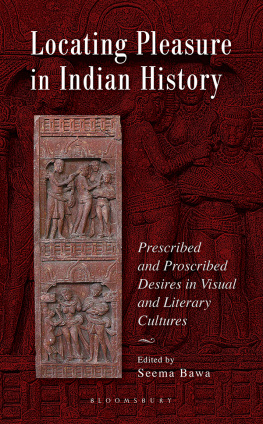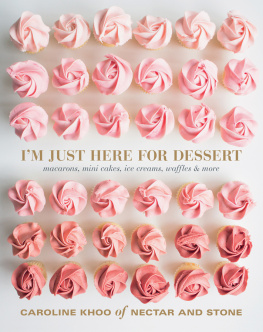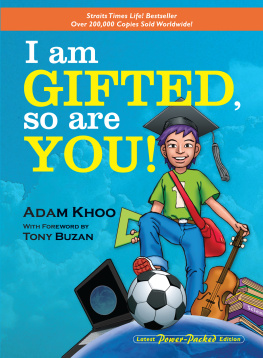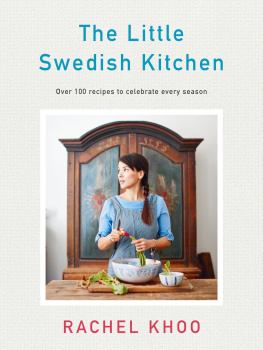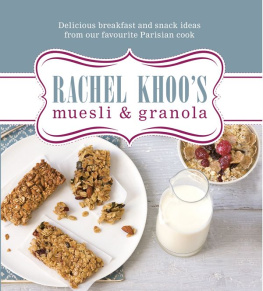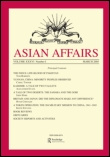
Locating Asian Australian Cultures
Locating Asian Australian Cultures is a timely and challenging interdisciplinary compilation that sets a contemporary benchmark for Asian Australian studies and its future directions.
In the dynamic field of diasporic Asian studies, Asian Australian Studies is an emerging and contentious area. Whilst aware of issues and critical developments in North America, Europe, and Asia, Asian Australian studies forges its own specific engagements with questions of identity, racialisation, and nationalisms in a world of globalised cultures and movements. This book deliberately engages with international perspectives on Asian Australian studies that offer contingent connections and address crucial questions for fields that are rapidly de-nationalising.
The volume focuses on Asian Australian cultural production and identity, presenting work that interrogates notions of belonging and citizenship, representational politics, and disciplinarity in the academy. The broad-ranging essays examine the politics of Asian Australian art and literature, as well as the areas significant interventions in disciplinary formations nationally and internationally. Other essays discuss the Vietnamese War memorial in Cabramatta, notions of the sacrificial Asian in contemporary films, and Asian Australian politicians.
This book will be essential reading not only for researchers in Asian Australian studies but also for those with an interest in Asian diaspora and Australian studies.
This book was previously published as a special issue of The Journal of Intercultural studies.
Tseen Khoo is a Monash University Research Fellow (2004-2009), based in Sociology at the School of Political and Social Inquiry. She has published on Asian Australian cultural production and politics, multicultural/race issues in Australia, and Asian Canadian literary cultures. She moderates two Asian Australian discussion groups and manages an Asian Australian studies website. Her book Banana Bending: Asian-Australian and Asian-Canadian Literatures was published in 2003 (Hong Kong and McGill-Queens University Presses).
Locating Asian Australian Cultures
Edited by
Tseen Khoo
First published 2008
by Routledge
2 Park Square, Milton Park, Abingdon, Oxon, OX14 4RN
Simultaneously published in the USA and Canada
by Routledge
711 Third Ave, New York, NY 10017
Routledge is an imprint of the Taylor & Francis Group, an informa business
2008 Edited by Tseen Khoo
Typeset in Minion by Datapage International Ltd., Dublin, Ireland
All rights reserved. No part of this book may be reprinted or reproduced or utilised in any form or by any electronic, mechanical, or other means, now known or hereafter invented, including photocopying and recording, or in any information storage or retrieval system, without permission in writing from the publishers.
British Library Cataloguing in Publication Data
A catalogue record for this book is available from the British Library
Library of Congress Cataloging in Publication Data
A catalog record for this book has been requested
ISBN 10: 0-415-41148-3 (hbk)
ISBN 13: 978-0-415-41148-6 (hbk)
Contents
| TSEEN KHOO |
| JACQUELINE LO |
| SOM SENGMANY |
| OLIVIA KHOO |
| CAROLE TAN |
| GILBERT CALUYA |
| RODNEY NOONAN |
| DEBORAH L. MADSEN |
| SCOTT BROOK |
| ROBYN MORRIS |
| MITA BANERJEE |
| JEN TSEN KWOK |
| REGINA LEE |
| EVELYN HU-DEHART |
| TSEEN KHOO |
Tseen Khoo
I start this Introduction with an anecdote that I hope conveys the kinds of crosscurrents that feed contemporary Asian Australian studies. In October 2005, I was invited to an American Studies conference in Siegen, Germany. The theme of this conference, which was convened by Mita Banerjee and Pia Wiegmink, was denationalizing North American studies. I was approached on the basis of my profile in Asian Australian studies. More relevantly for this conference, my paper addressed the ways in which North American scholarship informed and/or inflected the growing field of Asian Australian studies, and it also examined the consequences of this intellectual traffic in theories of racialisation.
My presentation was very much about the local efficacy of importing theoretical models or scales. Could this Australia-centric work be considered a North American studies paper? The enthusiastic response with which it was met indicates to me that it addressed and complemented other delegates concerns to a high degree, but the issue of whether a paper that primarily discussed Asian Australian studies could be considered a part of North American studies remains open. The porosity of humanities and social sciences disciplines is an expected feature of contemporary academic environments; what is more interesting here, perhaps, is the breaching and muddying of area studies boundaries. Frayed and challenged by increasingly prevalent considerations of racialisation, institutional and cultural diversity, and reconceptualisations of nation and belonging, I would argue that Australian and North American studies do meet, in somewhat fraught terrain, within current understandings of Asian Australian studies. I recount this here to identify a key element of contemporary humanities research that engages with the notion of globalised cultural flows and transnationalor internationaldeployment of critique and source material: what is at stake in deploying elements of culture out of context? This issue is as much about echoing similar concerns to Sau-ling Wong about the consequences of diasporic Asian literatures leaving home (2002, 2005), as it is my own wariness about imposing North American theoretical models at home in the Australian context.
Wong has astutely discussed the critical ramifications of travelling Asian American literatures, and the processes of recontextualisation that occur. The international context to which she refers most frequently is Chinese-speaking communities outside the US, and her deliberations about the shift in reading strategiesfrom a minoritarian, oppositional critical tradition (2002: 3) within the US to that of Chinese nationalist recuperation (2002: 10)offers an instructive counterpoint to the celebration of cultural transnationalism or globalisation. Wongs work further underscores the issue of critical conversations that might be had among Western (for want of a better word) diasporic Asian groups. While considerable work in diasporic Asian cultural studies has occurred around the often contentious Canadian/US dynamic and its archives, scant dialogue takes place between these locations and others such as Australia, New Zealand, or Europe. This is due to the fact that critical and cultural momentum at these sites have been historically much less prominent than that of the US or Canada. That said, activity appears to be waxing in recent years. Several publications in New Zealand, for example, point to a significant increase in the level of interest and research on Chinese New Zealander communities and their histories (Ip 1990, 1996, 2003; Ferrall et al. 2005). These studies are, in the main, concentrated in the disciplines of sociology and history, with little yet in the way of critical cultural research on Asian New Zealander creative works. Aside from Canadian/US studies, Australian/Canadian studies is another area where a handful of projects focused on comparative diasporic Asian literary cultures has taken place (e.g. T. Khoo 2003; Lee 2006; Morris 2006), and this research builds on established intellectual channels between these two countries.




